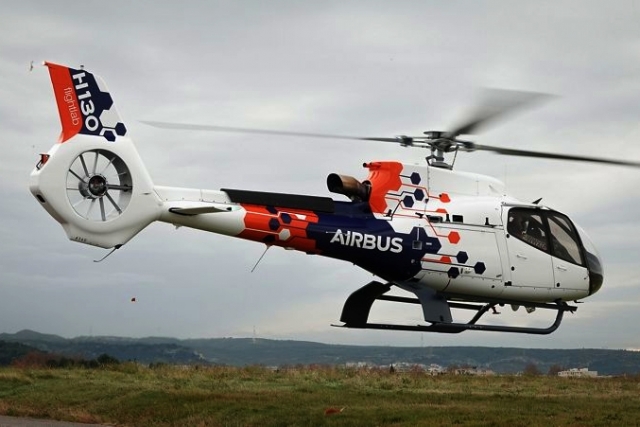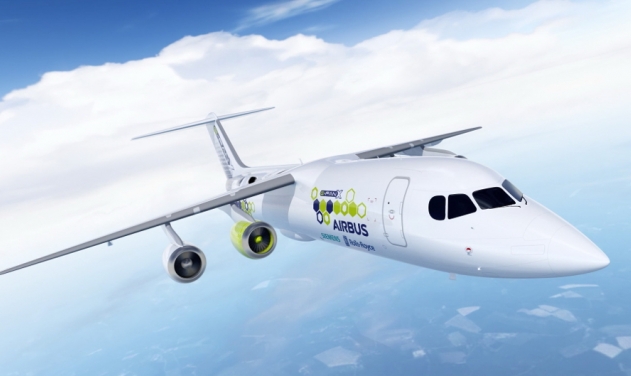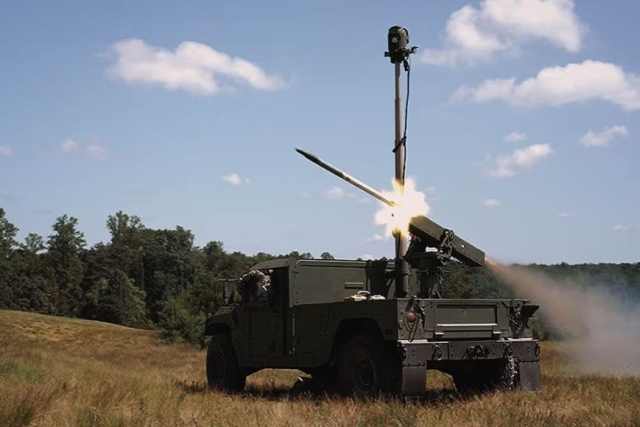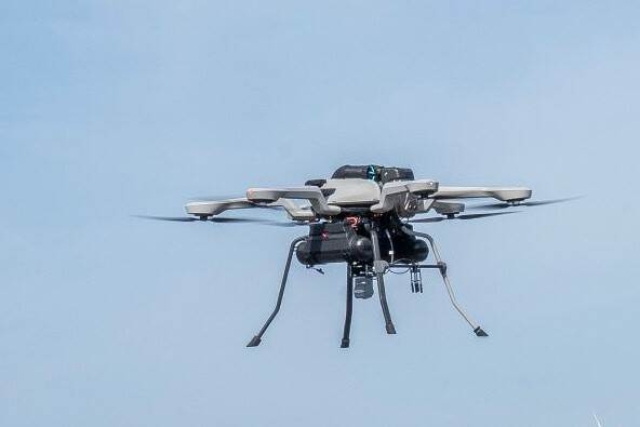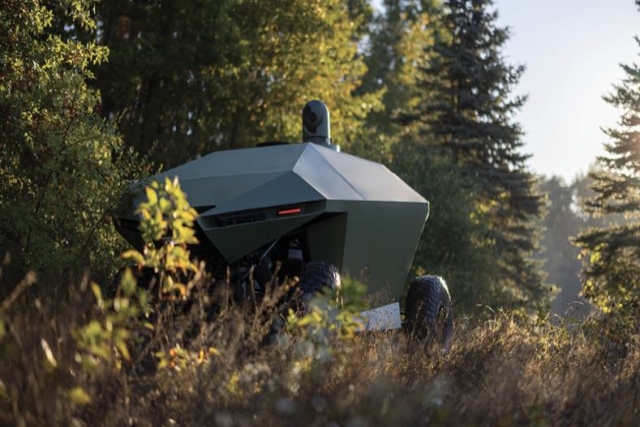GE Aviation to Flight-Test Hybrid Electric Propulsion Engine
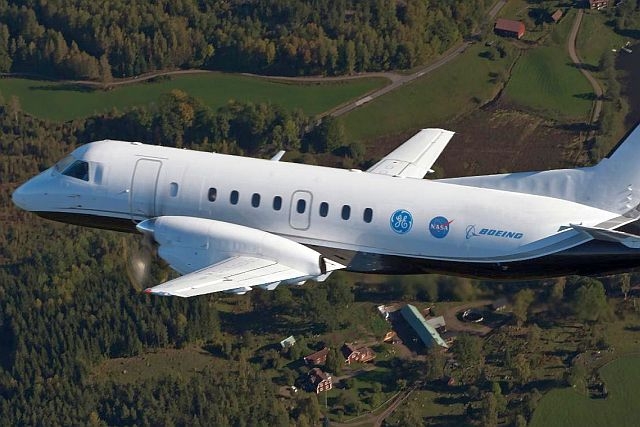
GE Aviation will conduct flight tests of its hybrid electric propulsion system using a modified Saab 340B aircraft and CT7-9B turboprop engines with help from Boeing.
Hybrid electric propulsion technologies can save fuel and optimize engine performance, helping the aviation industry reach its commitment of net-zero CO2 emissions from flight by 2050.
Boeing and its subsidiary Aurora Flight Sciences will provide GE Aviation with airplane modification, system integration and flight-testing services. That work includes nacelle manufacturing, flight deck interface design and software, aircraft-level performance analysis, and systems integration.
Previously, NASA and GE Aviation announced the launch of a new research partnership to mature a megawatt (MW) class hybrid electric propulsion system to demonstrate flight readiness for single-aisle aircraft. Plans are to conduct ground and flight tests in the mid-2020s.
The program, part of NASA’s Electrified Powertrain Flight Demonstration (EPFD) project, is a total $260 million effort including investments from NASA, GE Aviation, Boeing and other partners over five years.
Said Mohamed Ali, vice president and general manager of engineering for GE Aviation. “NASA’s Electrified Powertrain Flight Demonstration project is an opportunity for GE Aviation and Boeing, to show hybrid electric propulsion is real and possible for the future of commercial flight to reduce carbon emissions.”
Aircraft systems engineering and testing work will be based at Aurora’s headquarters in Manassas, Va., with nacelle manufacturing taking place in its facilities in Mississippi and West Virginia.
GE Aviation has been maturing components of high-power hybrid electric systems for more than a decade, including motors, generators, power convertors and power management systems. The electrification technologies GE Aviation is advancing are highly compatible with Sustainable Aviation Fuel and hydrogen, as well as advanced engine architectures such as the open fan and new compact engine core designs.


